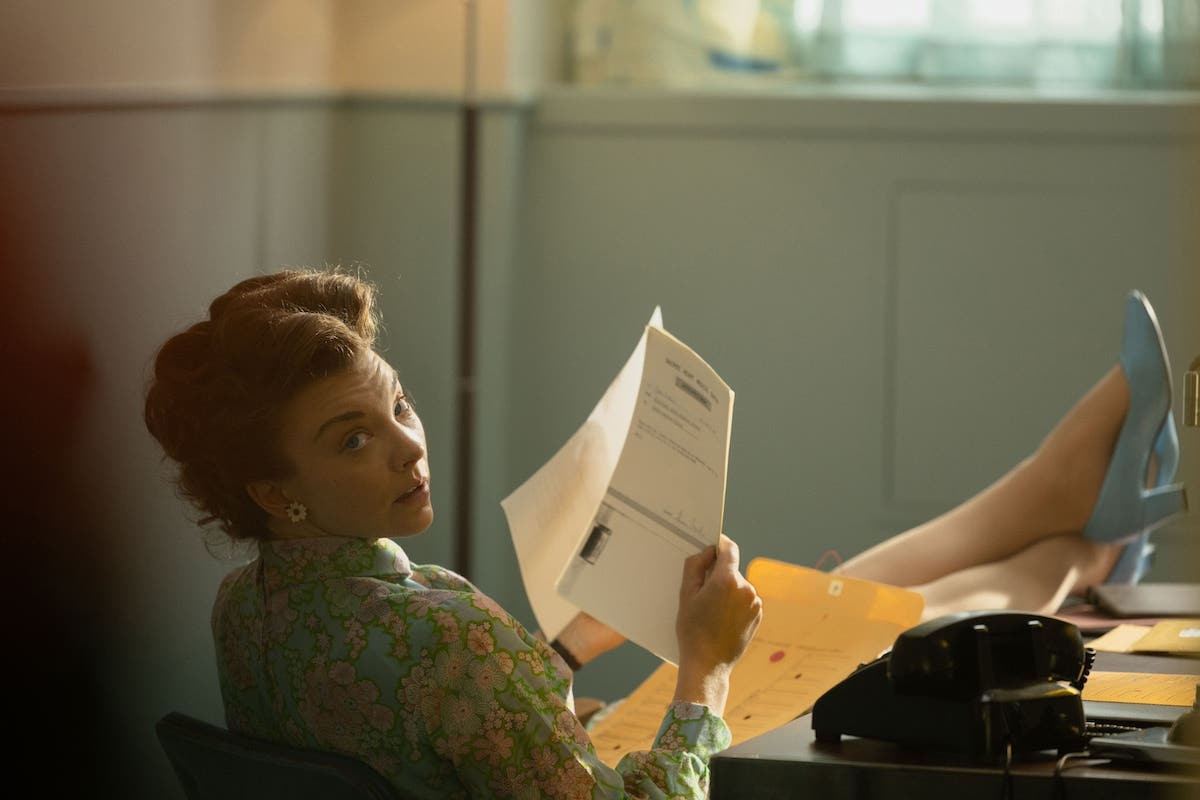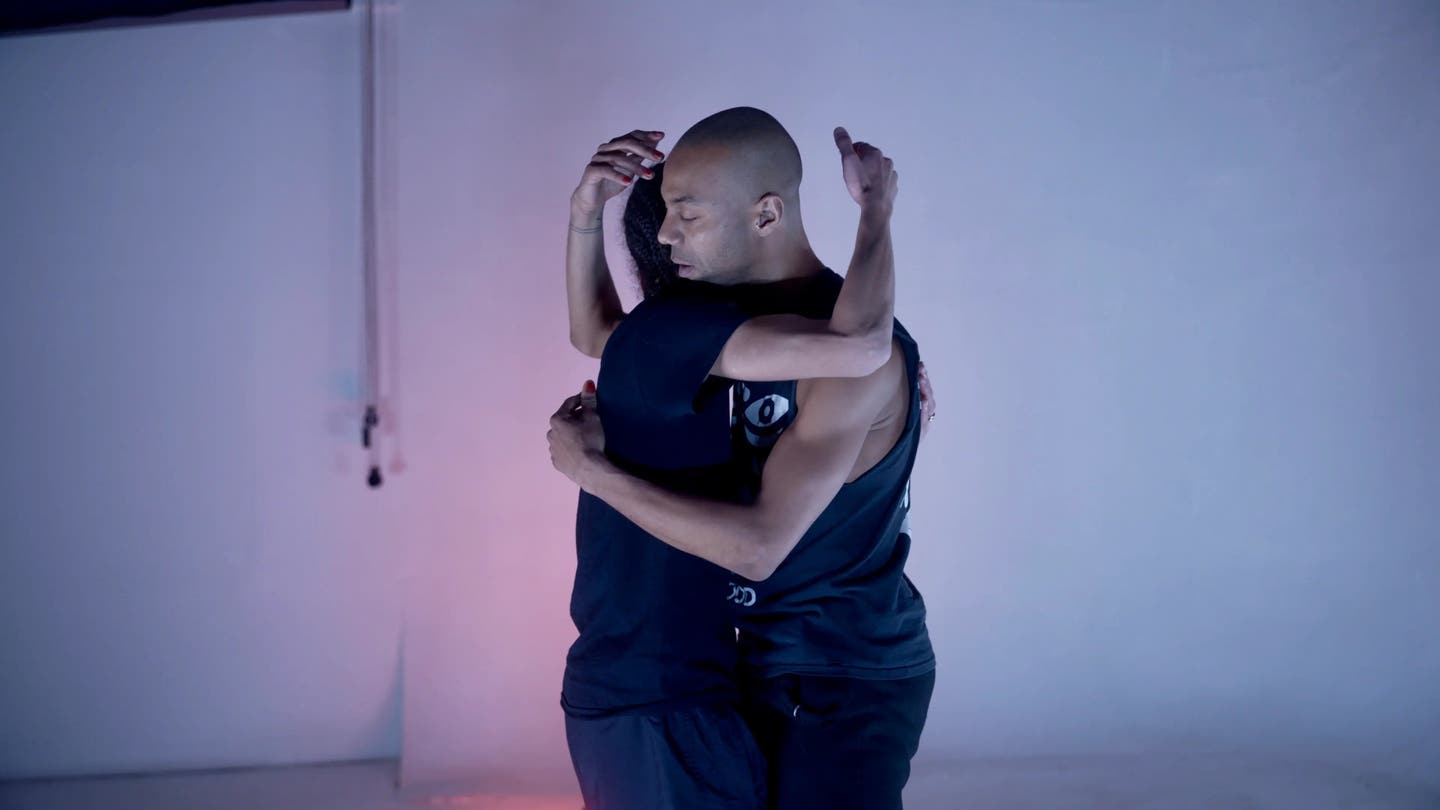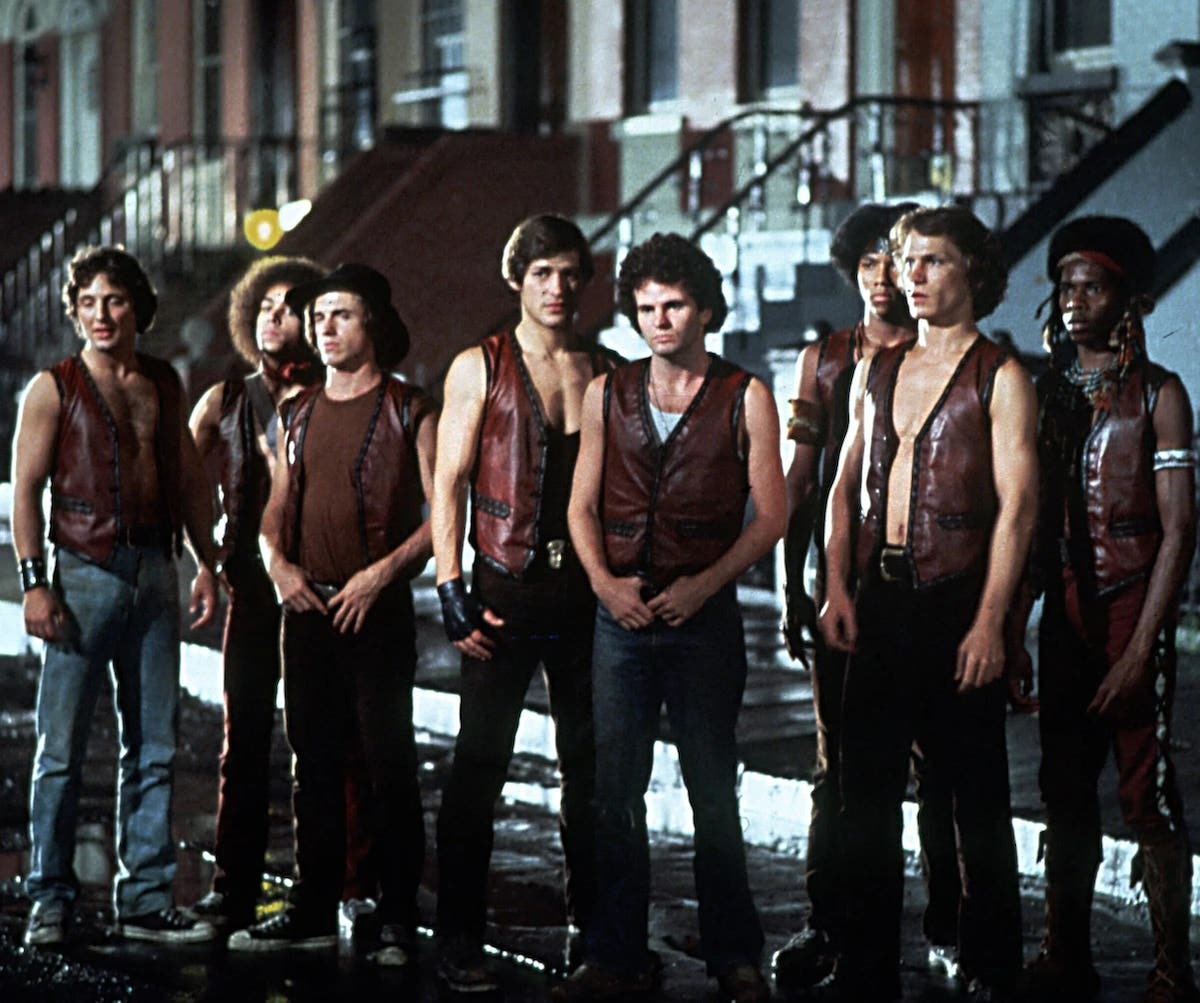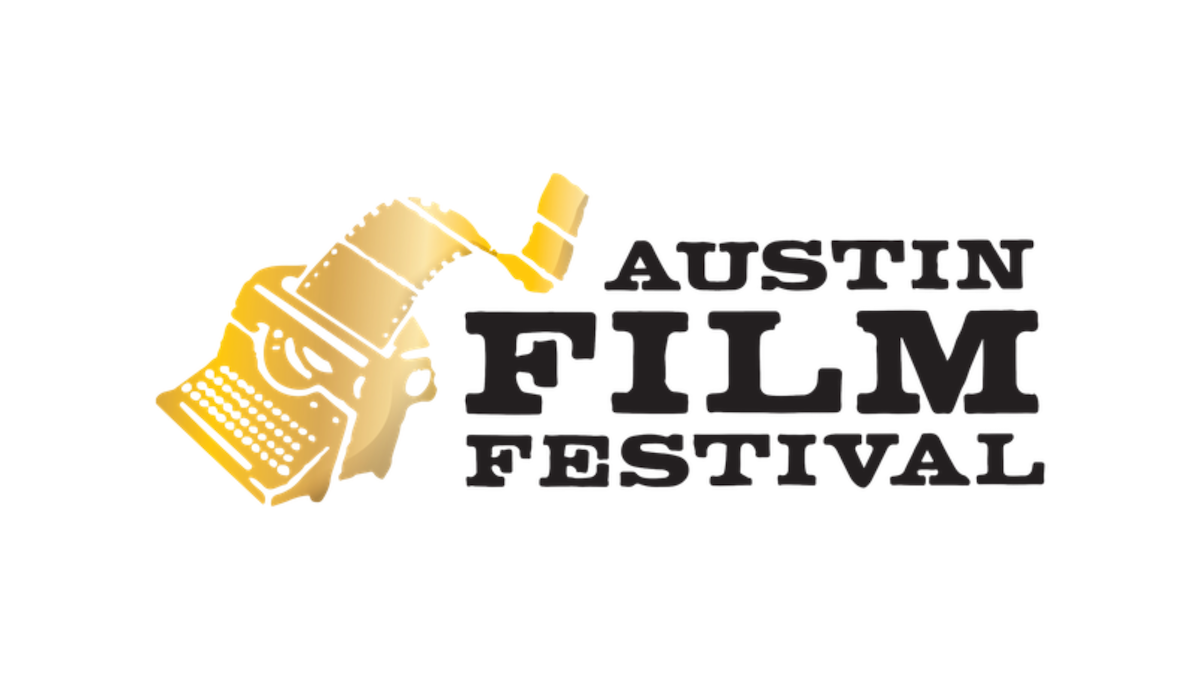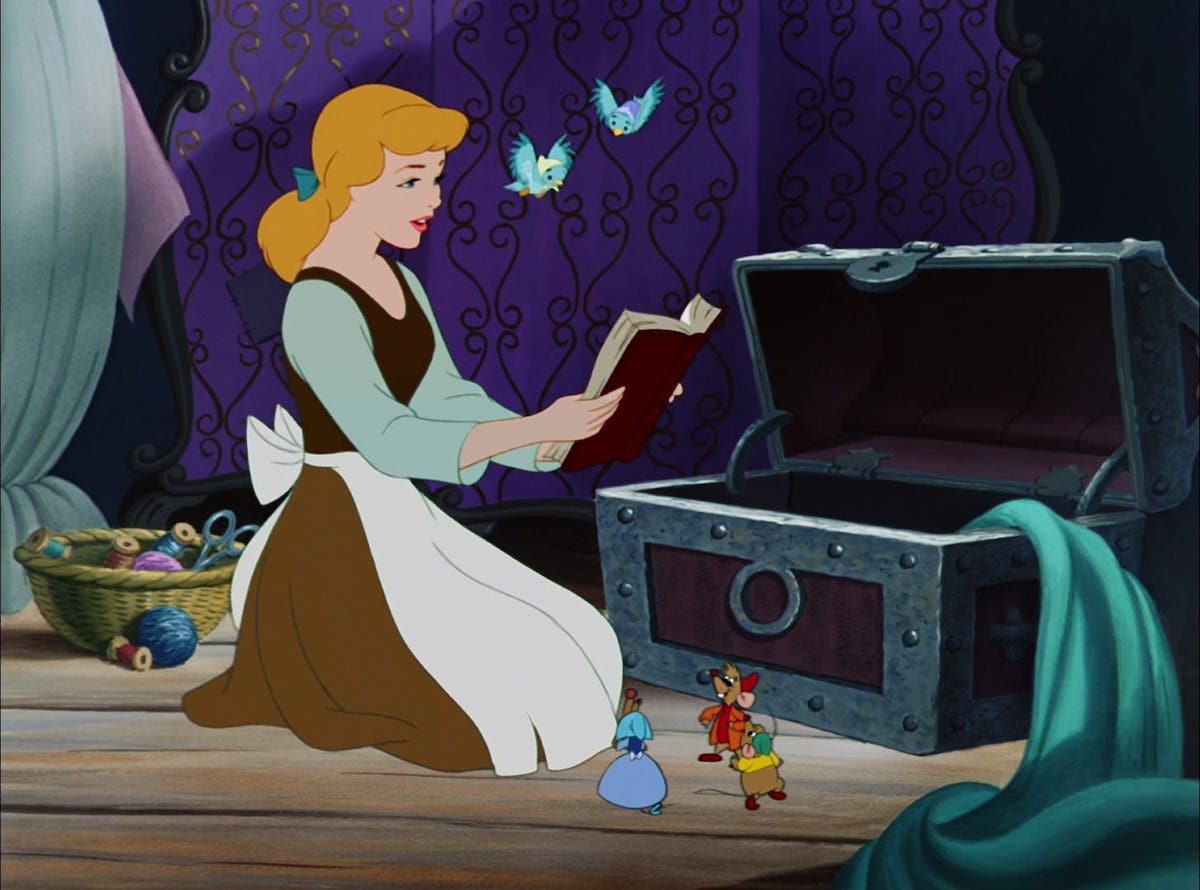ALT-SCRIPT: Sometimes the Best Script is No Script at All
Click to tweet this article to your friends and followers! I have a confession to make. I have written and produced three films this year, and in the entire process…
I have a confession to make. I have written and produced three films this year, and in the entire process I have never once felt the need to write actual words onto pieces of paper. None of these projects were scripted, in the traditional sense. Each of these films started with either a storyboard or a beat sheet, and some mates. Mates who trusted me enough to invest a day, or two, of their time.
It may seem a strange thing to write in a column about screenwriting, but there really isn’t a direct relationship between what most people think of as screenwriting, and the successful production of films. What I’m doing, working without a script, isn’t even a new or innovative process, but it is a process that I believe screenwriters can learn from. It is definitely a process I, as a writer, am learning from.
As I said, working without a script isn't a new process in the film world. Directors like Mike Leigh have been "working out" scenes with their actors, without a formal script, for years. Filmmakers like Drake Doremus, Grand Jury Prize winner at the 2011 Sundance Festival, are building good careers using similar techniques. These directors are able to work without a formal script, simply because they understand how to work creatively with actors. What’s also clear, is people who make films this way, have a deep and intimate knowledge of storytelling. They’re not just “making it up as they go along.” They have a plan, a story and, in many respects, a deeper understanding of their characters, and the craft of storytelling, than most screenwriters.
The idea that you can build a movie based on a beat sheet, character backstories and knowledge of how to work with actors, is only one script-free route to creating a movie. The other route is a pure cinema methodology. By pure cinema, I mean it is possible to see a film as nothing more than a series of images; images that create a story through the juxtaposition of concepts. The film is just a series of visual moments; visual moments that can be organised using nothing more than a storyboard. This kind of filmmaking requires a completely different view of the filmmaking process, than is normal or acceptable for most screenwriters. To work like this, the film’s creator has to think more like an editor than a writer.It’s the kind of filmmaking that owes its origins to the work of filmmakers like Sergei Eisenstein and Dziga Vertov.
The question is, if it’s possible to make great films without a formal script, which it is, what can screenwriters learn from these approaches?
Well, the vast majority of writers seem to believe that there is nothing at all to learn from this kind of filmmaking. The last time I tried to discuss the relevance of the Kuleshov Effect to screenwriting with a group of screenwriters, I was told “that’s for directors and editors, it’s not a writer’s technique.” Personally, I didn’t find that a particularly useful or correct answer. The basic idea behind Kuleshov’s Theory is that audiences don’t read actor’s faces. Instead, audiences impose emotional states onto the faces of actors, depending on the context. Or, in other words, if you show a man’s face, then show a coffin, then show the man’s face again, the audience will assume that the actor is expressing sadness. They’ll assume this, even if the face is emotionally neutral. As a writer I find that a fascinating piece of knowledge. By using the principles behind Kuleshov’s technique, I can take greater control of the narrative, simply by always having the actor’s story supported by the visual narrative. So, for example, if I draw attention, within the script, to an actor slouched in a chair, in front of an old typewriter, the audience will infer the character is a writer. If I move the attention to a blank page, to an empty bottle of whiskey, to the actor’s relentless tapping of a pencil on the desk, then the audience will read frustration on his face, regardless of what the actor does. The actor’s inner mental state is revealed by what surrounds them and what they do, not by the pulling of various “significant” facial expressions.
For some writers the idea of revealing the inner life of characters through visual context isn’t what they understand as screenwriting, but surely the idea that some actors create character from a combination of backstory and observation is.For me, Stanislavski’s “An Actor Prepares” is essential reading for anyone considering screenwriting as a career. This is because a large proportion of working actors use his techniques as the foundation of their craft. Stanislavski is the actor’s equivalent of McKee.As the screenwriter’s job is to create characters for actors to play, it’s probably no bad thing to understand how actors work. What some screenwriters never seem to get their heads around, is the sheer amount of creative work most actors have to do, in order to create a character. Before they can play their role effectively, many actors end up “writing” their own backstory for the character. They imagine what the character is like when they’re not on the page. They imagine what the character's childhood was like. On top of that, they also observe people in the real world. They look for distinct ways of moving, mannerisms, postures, ways of dealing with others, vocal syntax. They take all of this additional information and add it to the script. Actually, in the vast majority of cases, the character they eventually play is more their’s than the writer’s. This is the reason you’ll often hear an actor on set saying, “My character wouldn’t say this.” By that, they mean their understanding of the character is now superior to the writer’s vision, to the extent that the writer’s dialogue no longer works.As a writer, what I take from this, is that even produced scripts are often not good enough documents to properly support the acting process. They just don’t have the depth of information actors need. When I read about a director like Drake Doremus creating extensive backstories and detailed beat sheets, rather than scripts, I don’t see someone who is making it up as they go along. What I see is someone who recognises the limitations of the script as a document. He, at least, is thinking about what a performance is and how to support his actors in that process.
So, what can we as writers learn from all of this? Am I suggesting that screenwriters are redundant; that we really don’t need them any more? Well, no, I’m not. What I’m trying to get across, is the idea that contemporary screenwriting is a fairly poor and intellectually impoverished art form. Far too many writers are solely focused on how to “make it,” as opposed to developing some kind of proficiency at telling stories. Not only that, far too many writers believe all the answers can be found in books about screenwriting, when a more rounded understanding of acting and film production might be of more use. Some people even believe that looking outside of their discipline and understanding of filmmaking as a whole will be harmful to their careers.
I find it strange and disturbing that many writers choose to remain largely ignorant of film theory. But, maybe that’s what screenwriting has become. Maybe it is just about learning the rules, knowing your place and working at a superficial level, in the hope that someone in Hollywood will pay you to write for them.Maybe screenwriters should leave all the creative work to actors, directors and editors. However, if that is the case, this may also be the reason that, these days, no script at all can be the best script available.
- More articles by Clive Davies-Frayne
- Balls of Steel: What Can Writers Learn from Actor Interviews?
- How to Write a Screenplay in 9 (Not So) Easy Steps
Download a FREE webinar by Script Magazine's editor on
How to Write a Screenplay
Clive Frayne is a writer with over thirty years experience in broadcast media. After a very successful career running professional writing teams in the radio industry he decided to move into screenwriting. Since then he has written and directed two feature films and half a dozen award-winning short films, and authored the book The Process of Screenwriting. These days he splits his work between writing, script editing and teaching screenwriting. He is a passionate advocate of two things, process-driven screenwriting and independent filmmaking. Follow Clive on Twitter @clivefrayne
